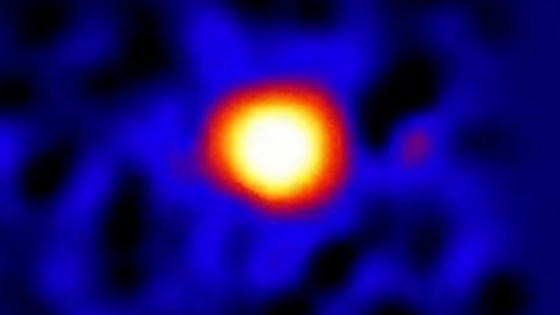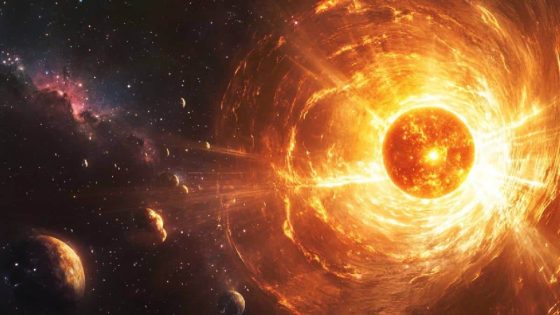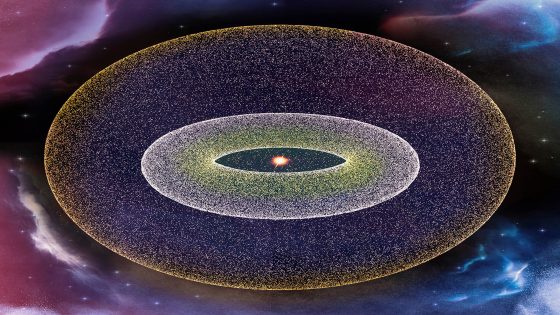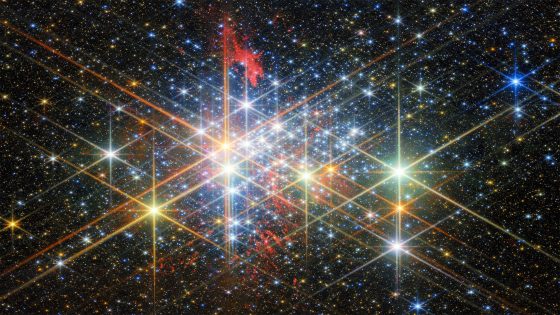The Milky Way’s supermassive black hole, Sagittarius A* (Sgr A*), is lighting up the cosmos with its energetic flares. On February 18, 2025, researchers using the James Webb Space Telescope (JWST) revealed that this black hole is constantly active, emitting bursts of energy that could reshape our understanding of black holes and their role in galaxy evolution. Isn’t it fascinating to think about what these cosmic fireworks mean for our universe?
- Sagittarius A* emits constant cosmic flares.
- James Webb Space Telescope observes black hole activity.
- Flares vary in brightness and duration.
- Accretion disk generates multiple flares daily.
- Time delay observed between radiation wavelengths.
- Future observations aim to reduce noise.
What Do the Flares from Sagittarius A* Reveal About Black Holes?
Why is Sagittarius A* so active? This black hole is constantly sending out flares of varying brightness and duration, making it a unique subject for study. The JWST has provided unprecedented views, showing that Sgr A* never settles into a predictable pattern of activity.
How the James Webb Space Telescope Observes Cosmic Activity
The JWST utilized its near-infrared camera to monitor Sgr A* over extended periods. This research revealed that the black hole is not only active but also unpredictable, launching flares that can vary from faint flickers to powerful bursts. Here are some key observations:
- Sgr A* emits flares multiple times a day.
- Activity includes short, faint flares and longer, more intense bursts.
- Brightness changes rapidly, with no discernible pattern.
- Future observations aim to capture these flares continuously for better data.
Exploring the Mechanisms Behind Sgr A*’s Flares
What causes these dramatic flares? Researchers suspect that different mechanisms generate the various flare types. The accretion disk surrounding Sgr A* behaves like a turbulent river, with small ripples representing faint flares and larger waves indicating more powerful bursts. This dynamic environment leads to:
- Short, faint flares caused by minor disturbances.
- Brighter flares resulting from significant events compressing plasma.
- Potential magnetic reconnection events accelerating particles to emit radiation.
The Significance of Brightness Changes in Flares
Interestingly, researchers found a time delay between short and long-wavelength radiation events. This means that the brightness of shorter wavelengths changes before that of longer wavelengths. Why is this important? It suggests that particles lose energy at different rates, providing insights into the processes around Sgr A*. This discovery could lead to:
- Better understanding of energy loss in cosmic events.
- Insights into the dynamics of black hole environments.
- Future research opportunities with extended JWST observations.
As scientists continue to study Sagittarius A*, the mysteries of black holes and their cosmic roles become clearer. The ongoing research promises to deepen our understanding of these fascinating celestial giants.

































